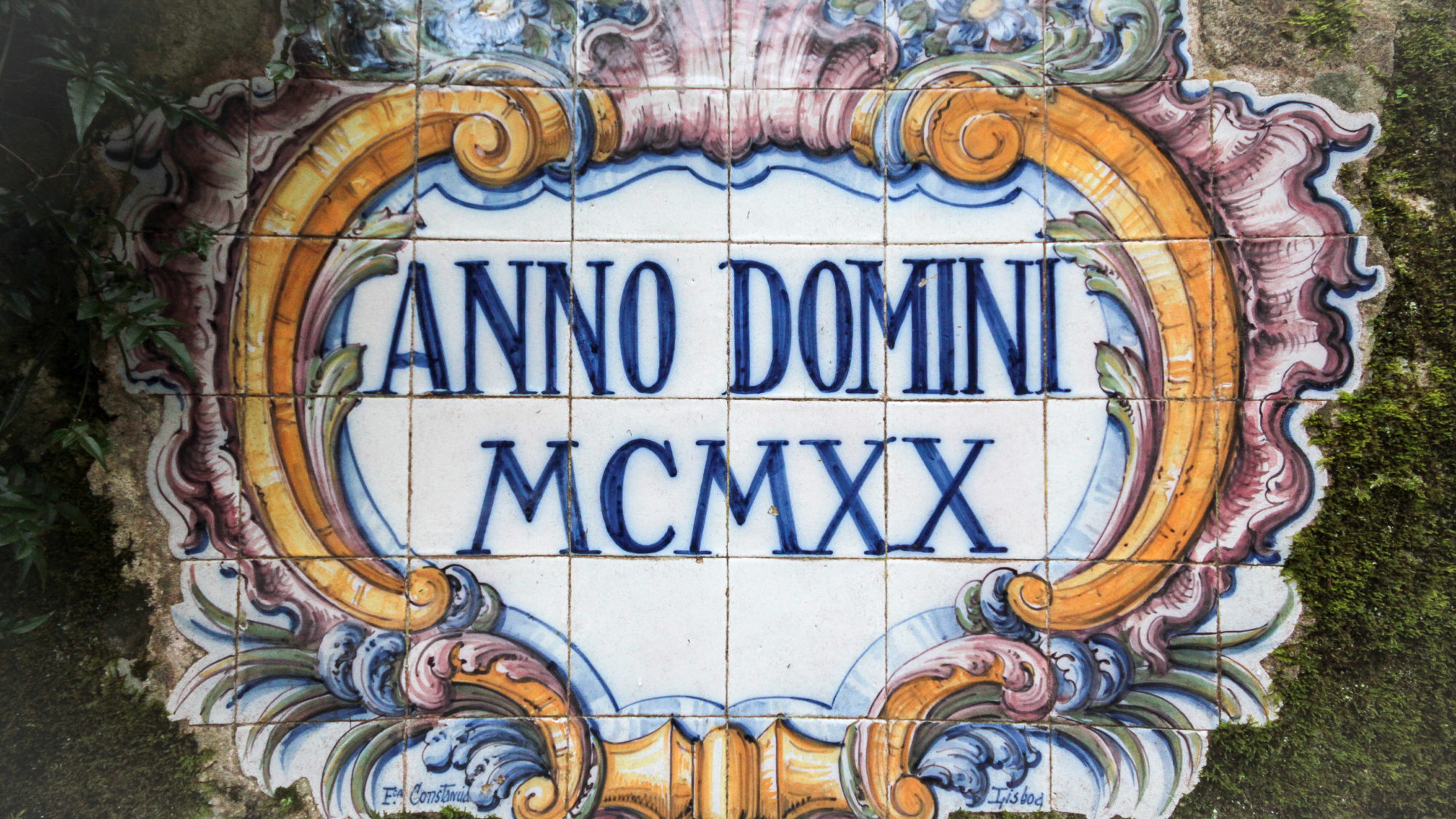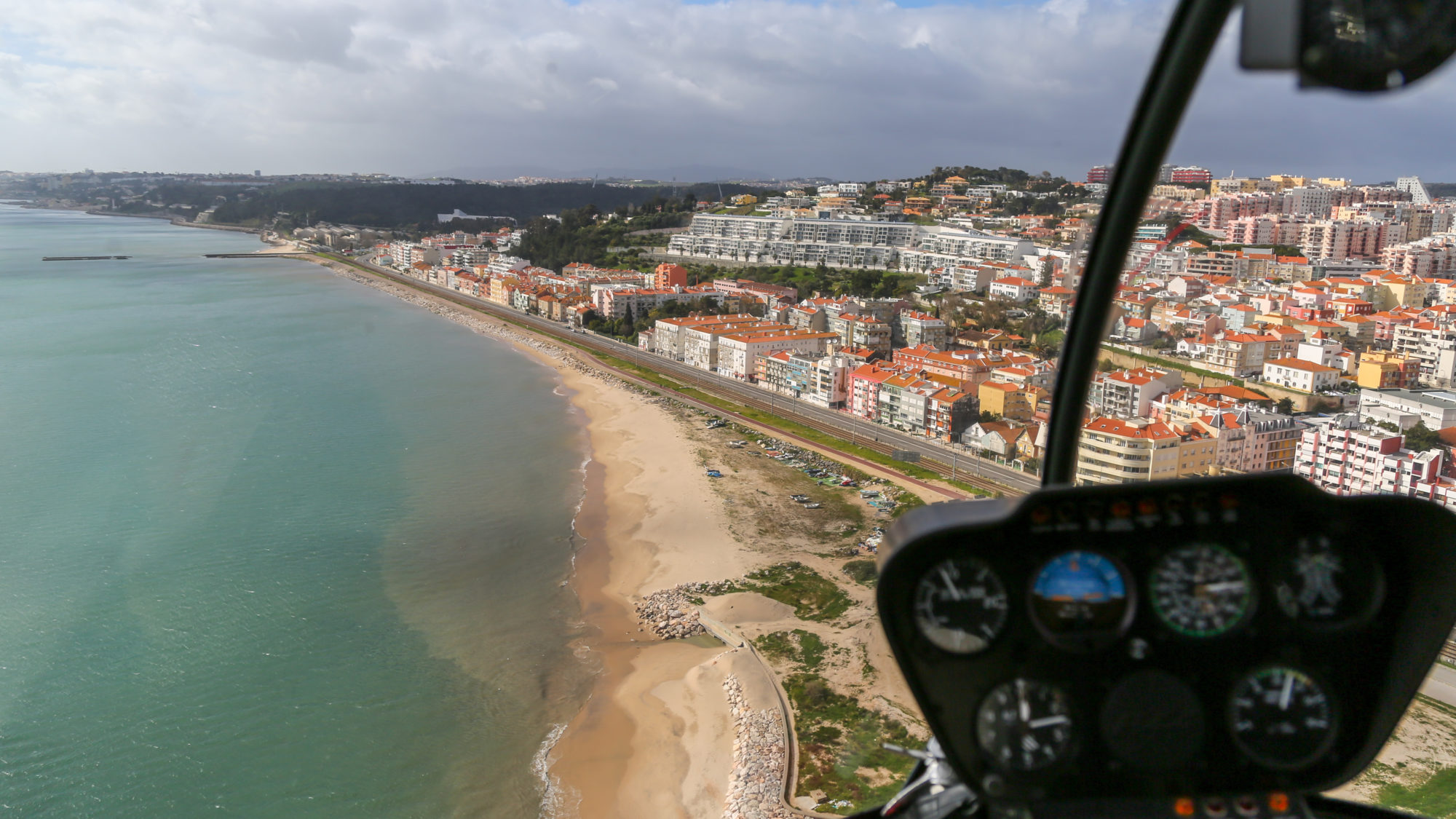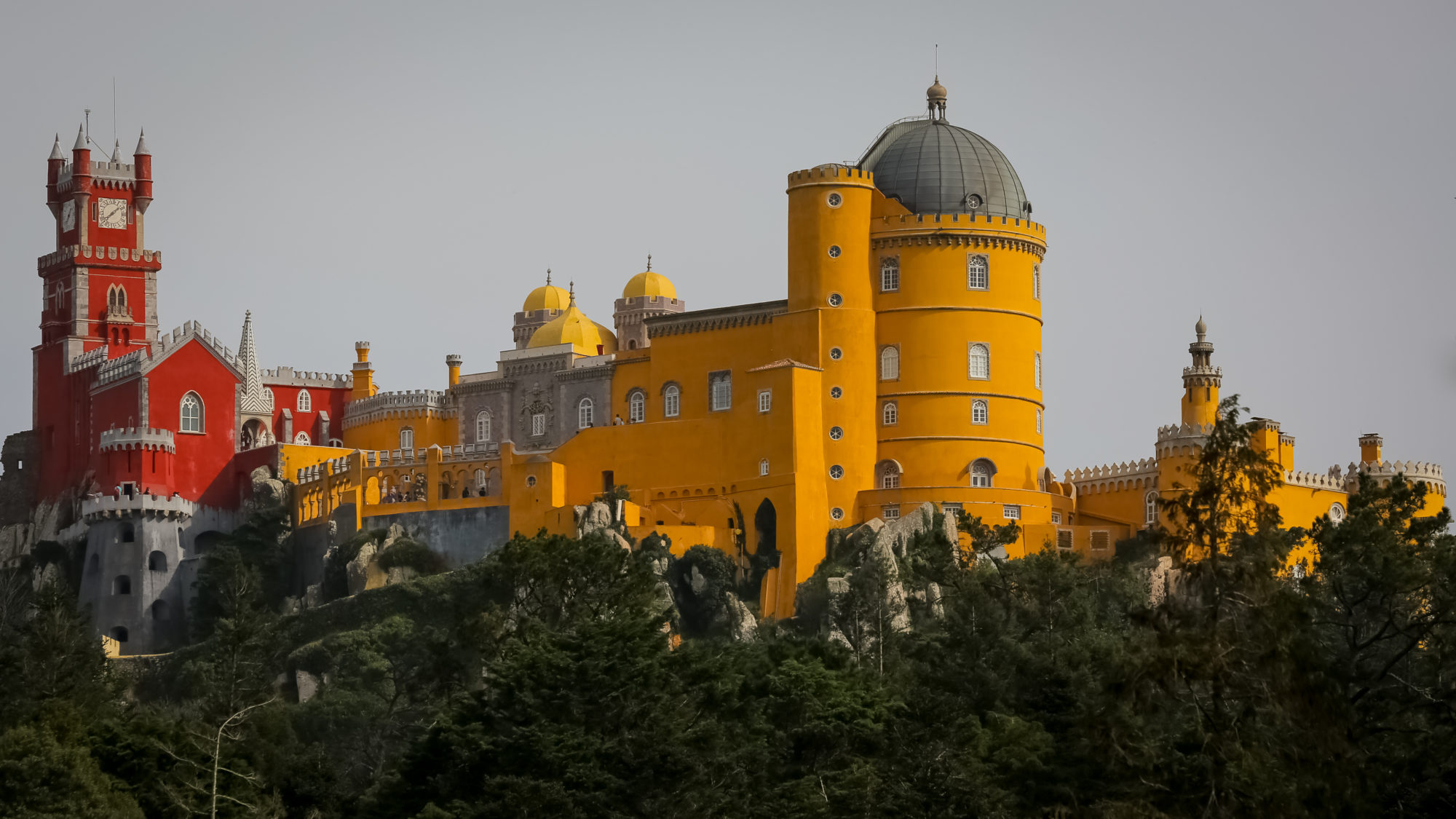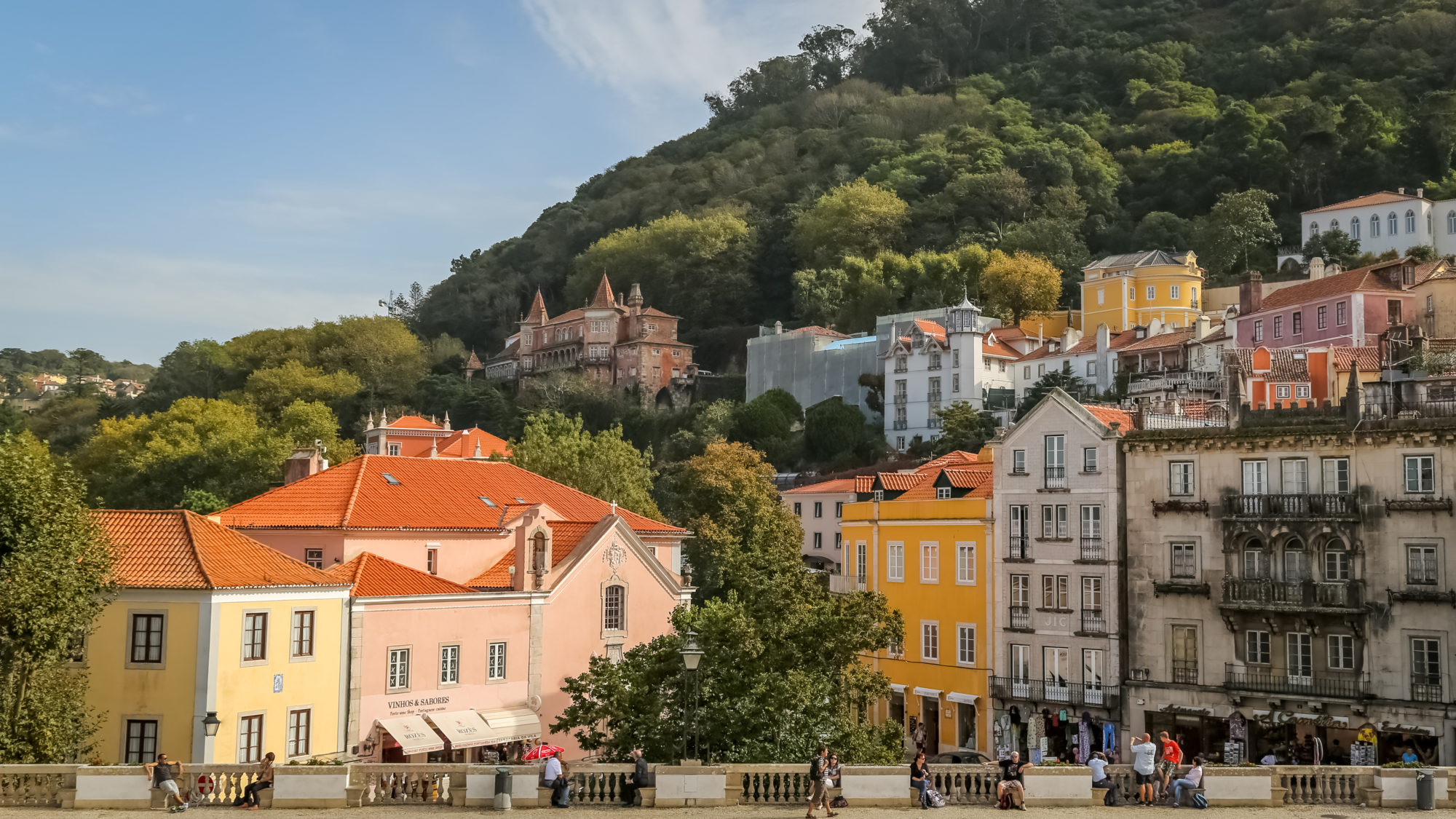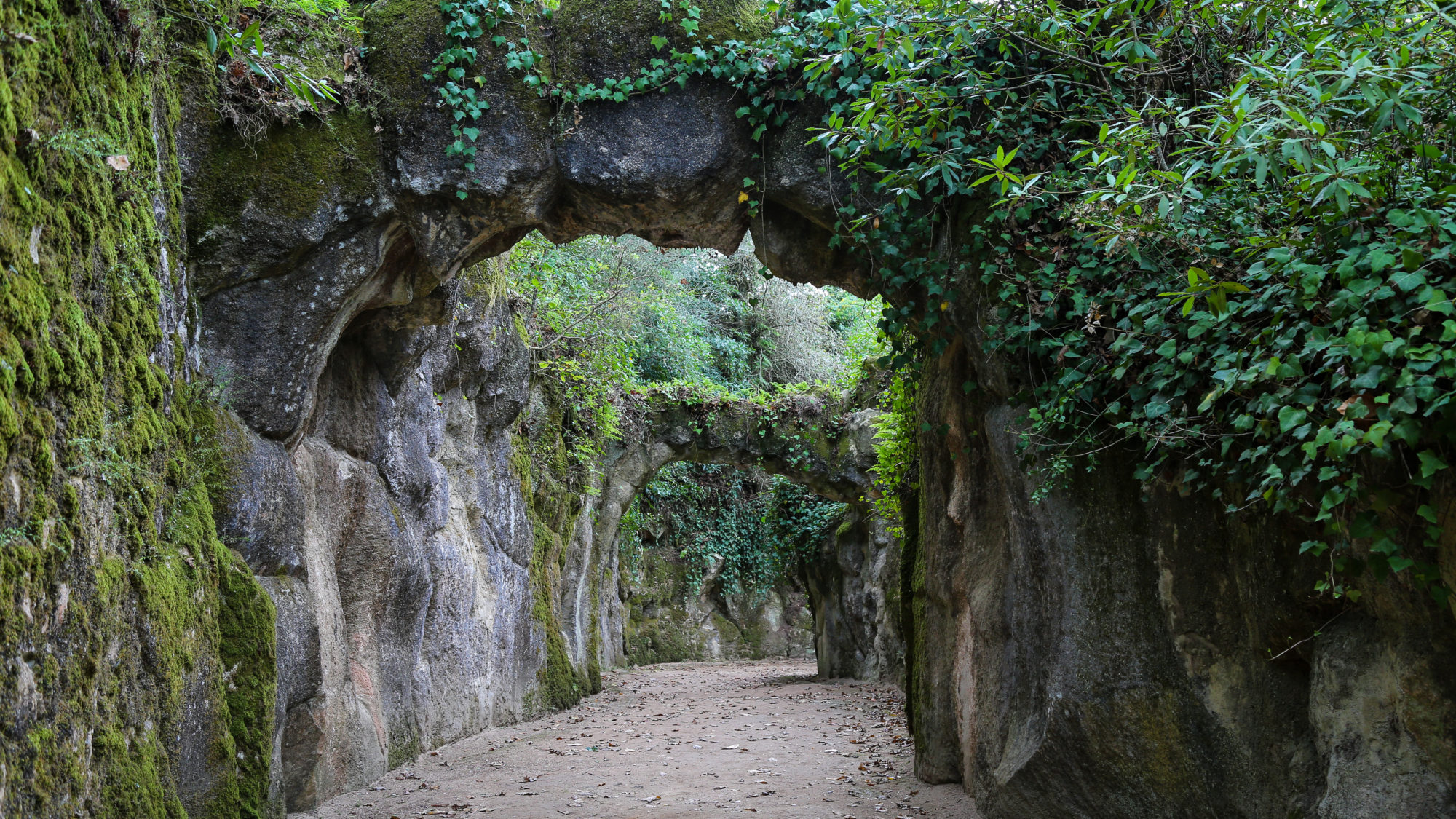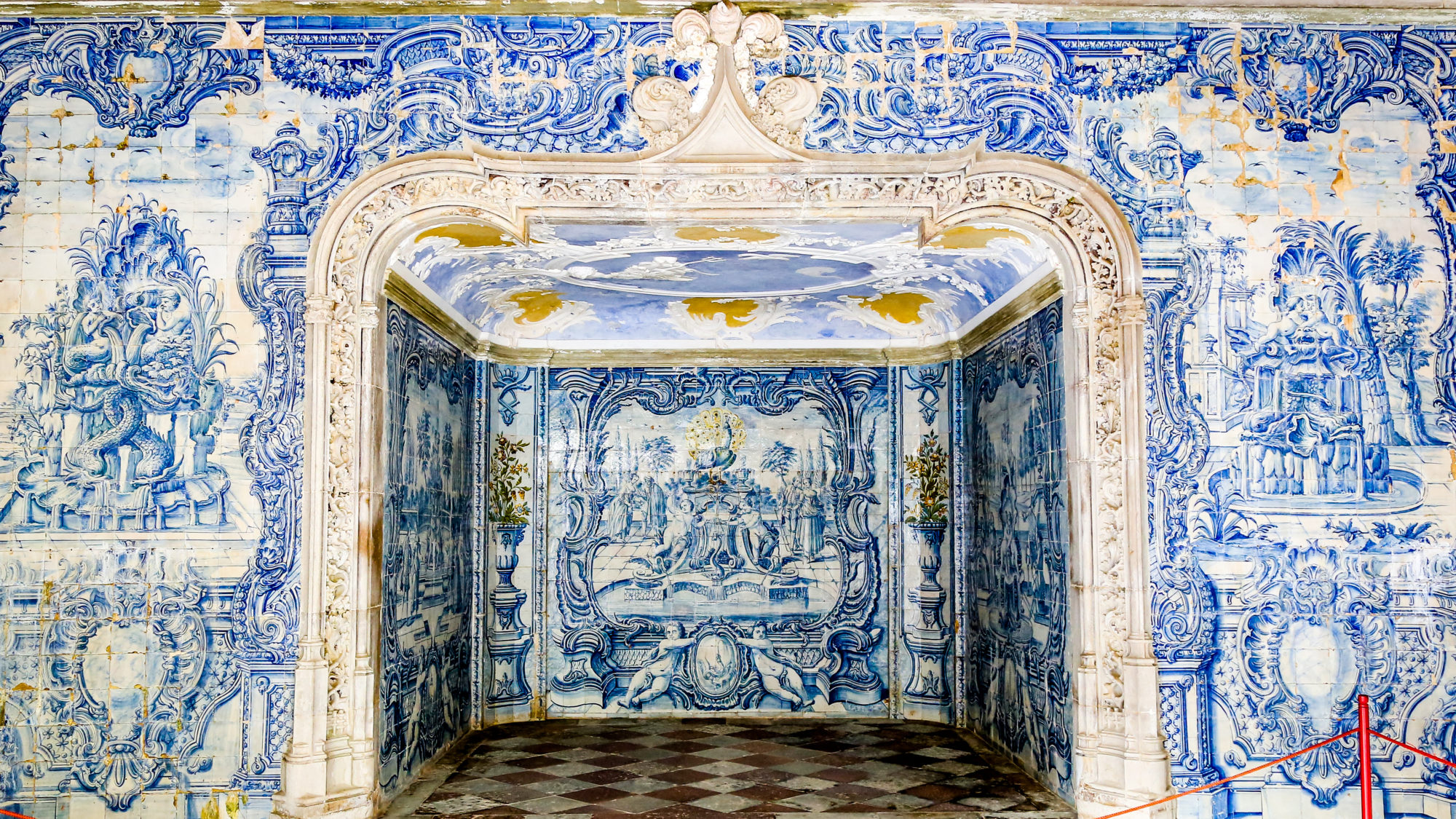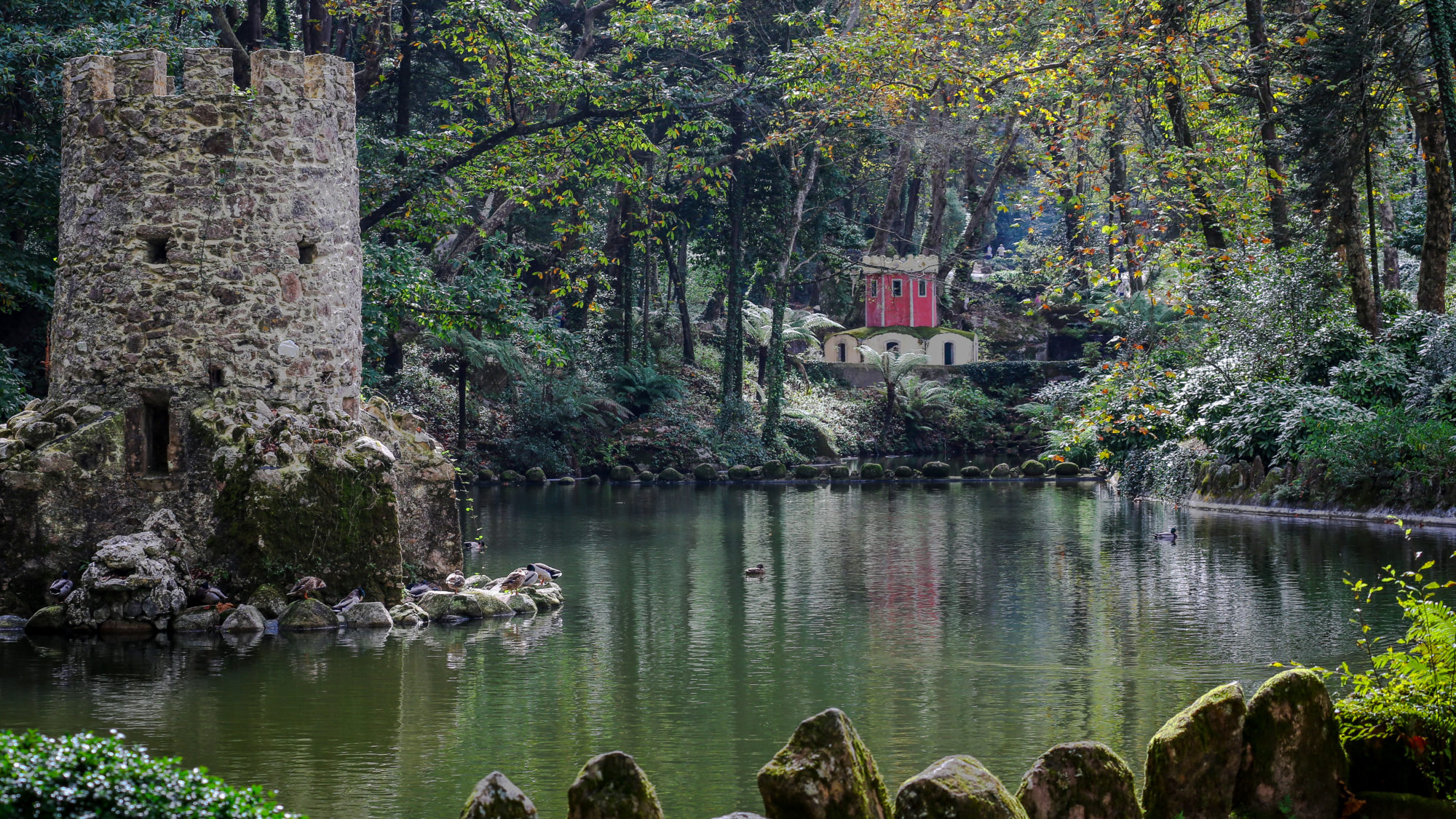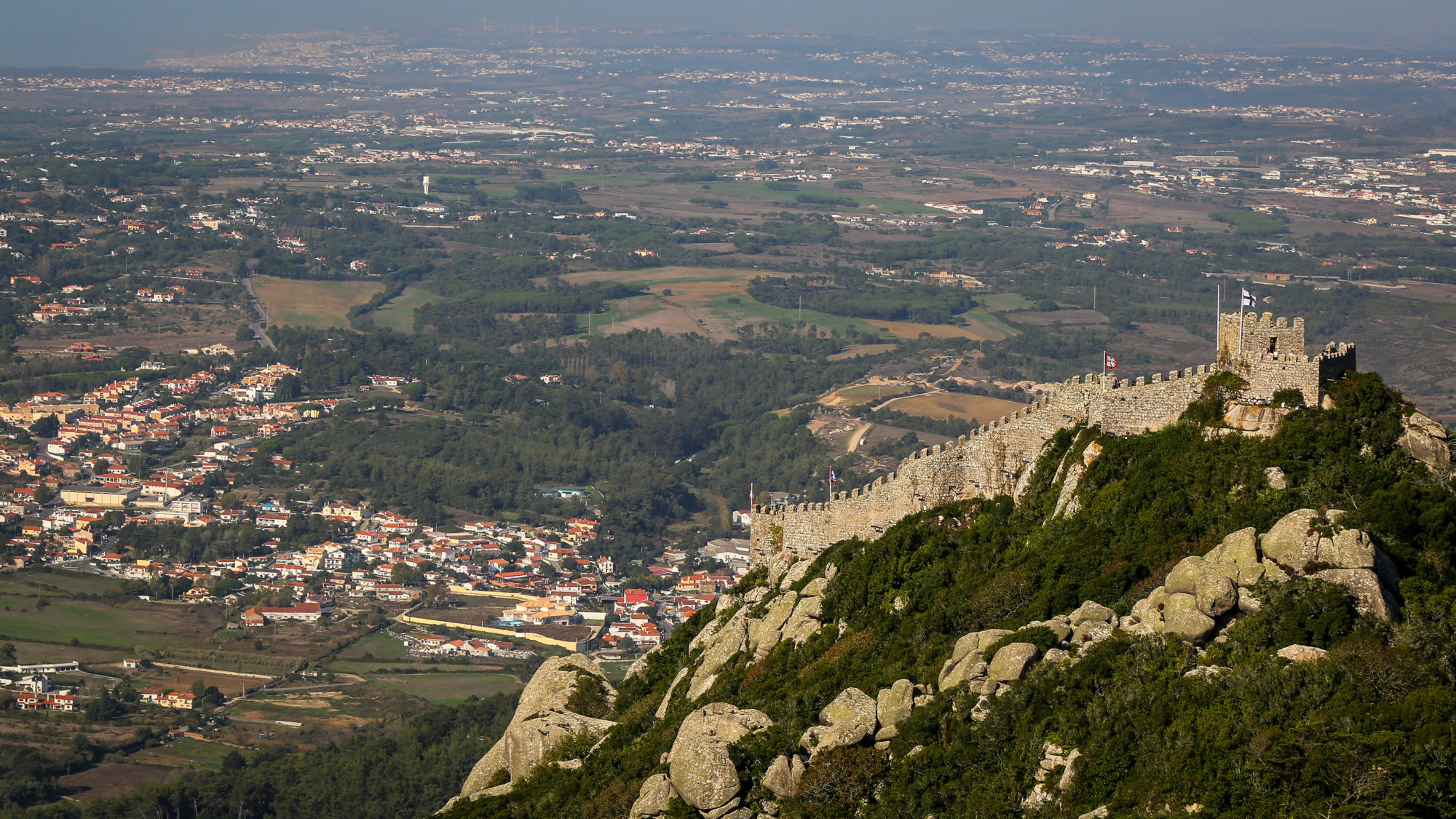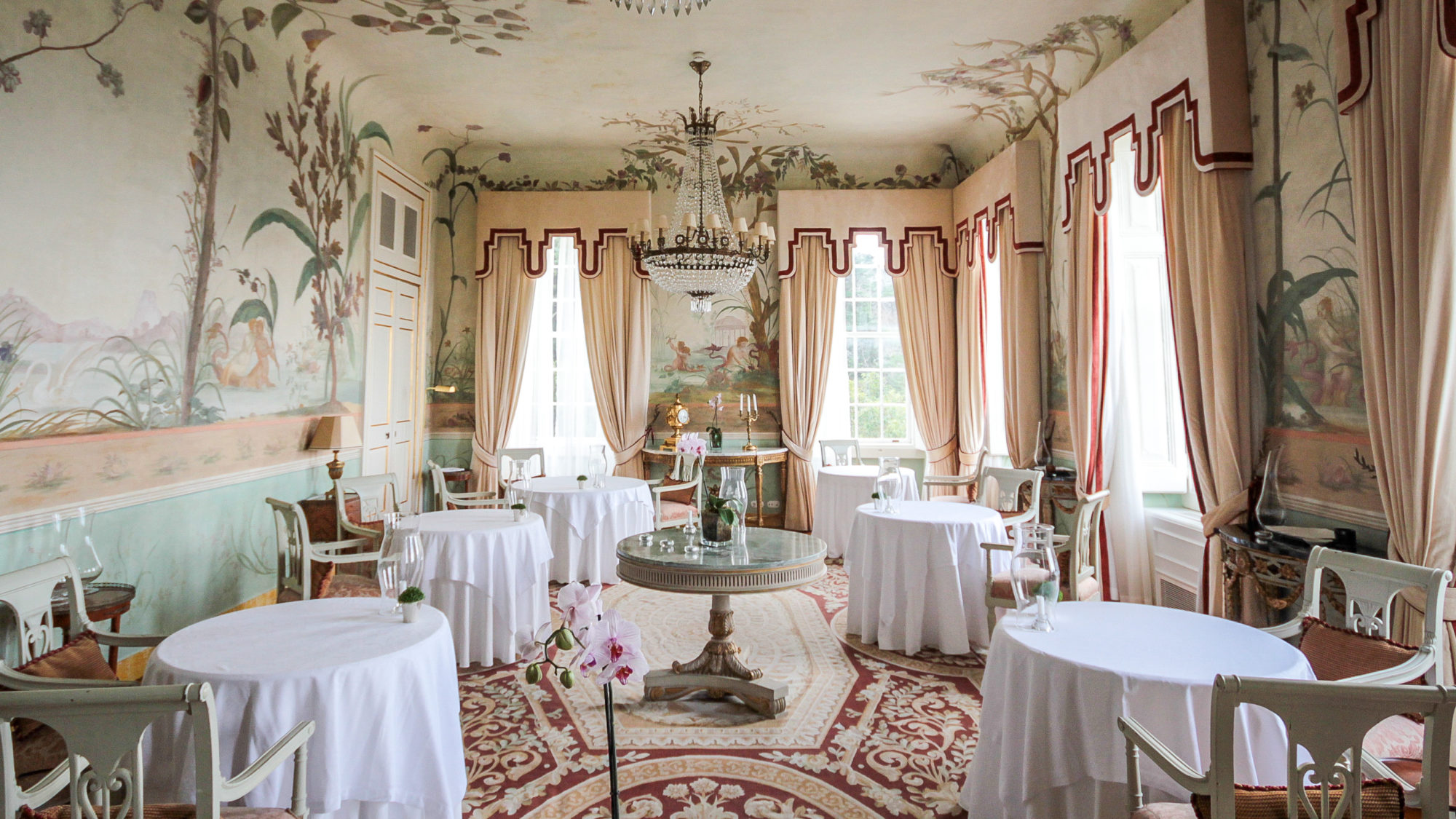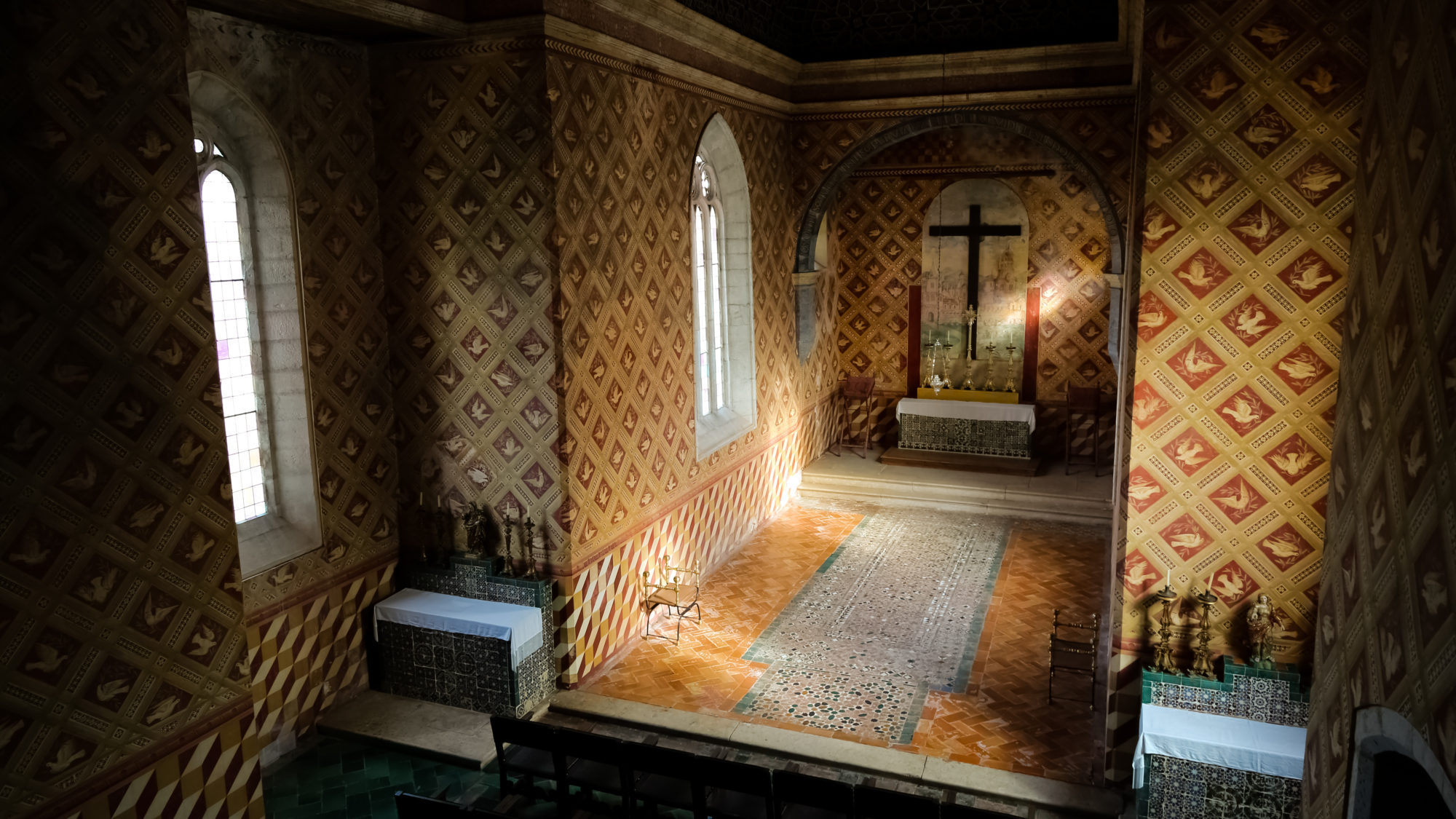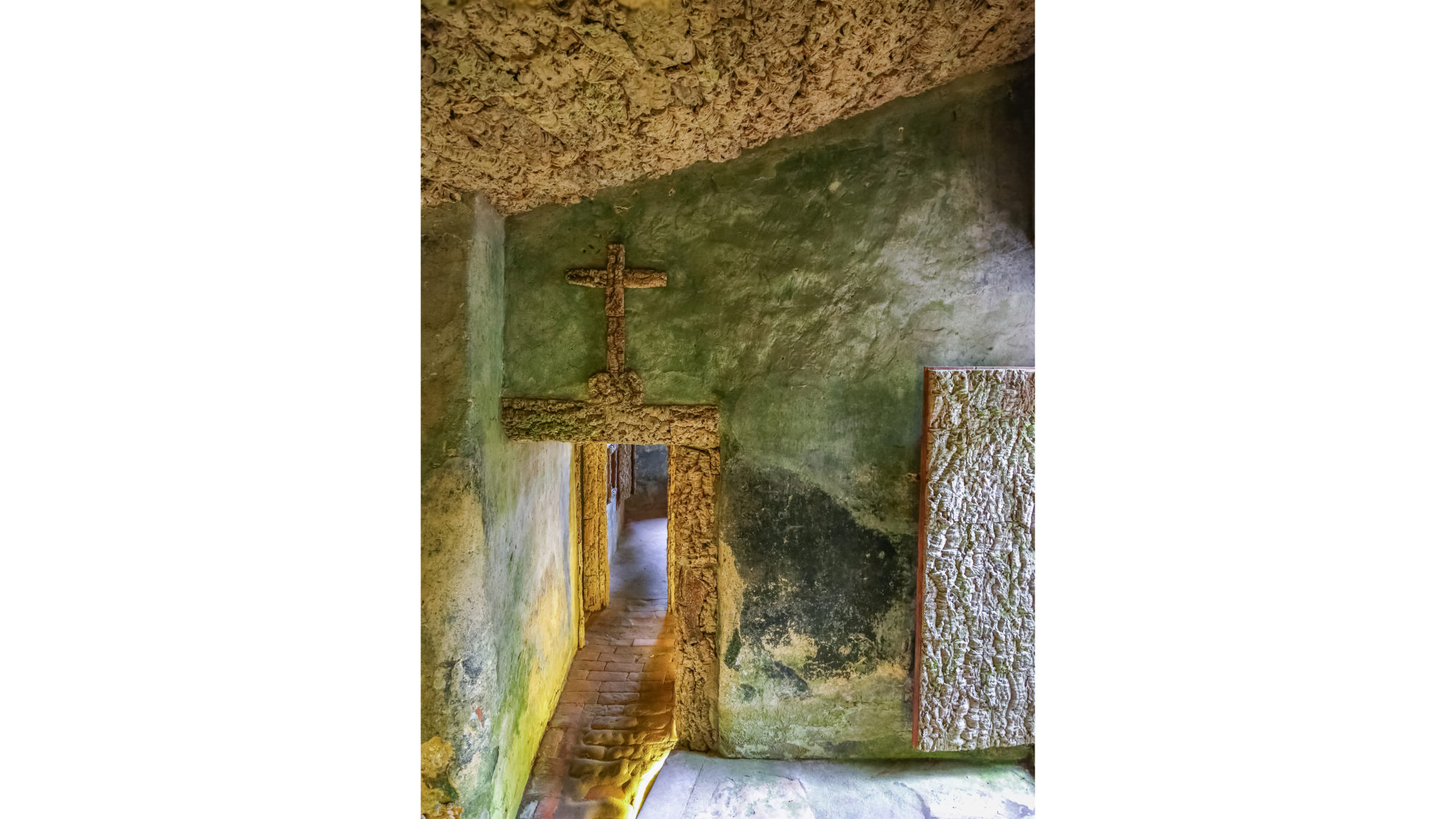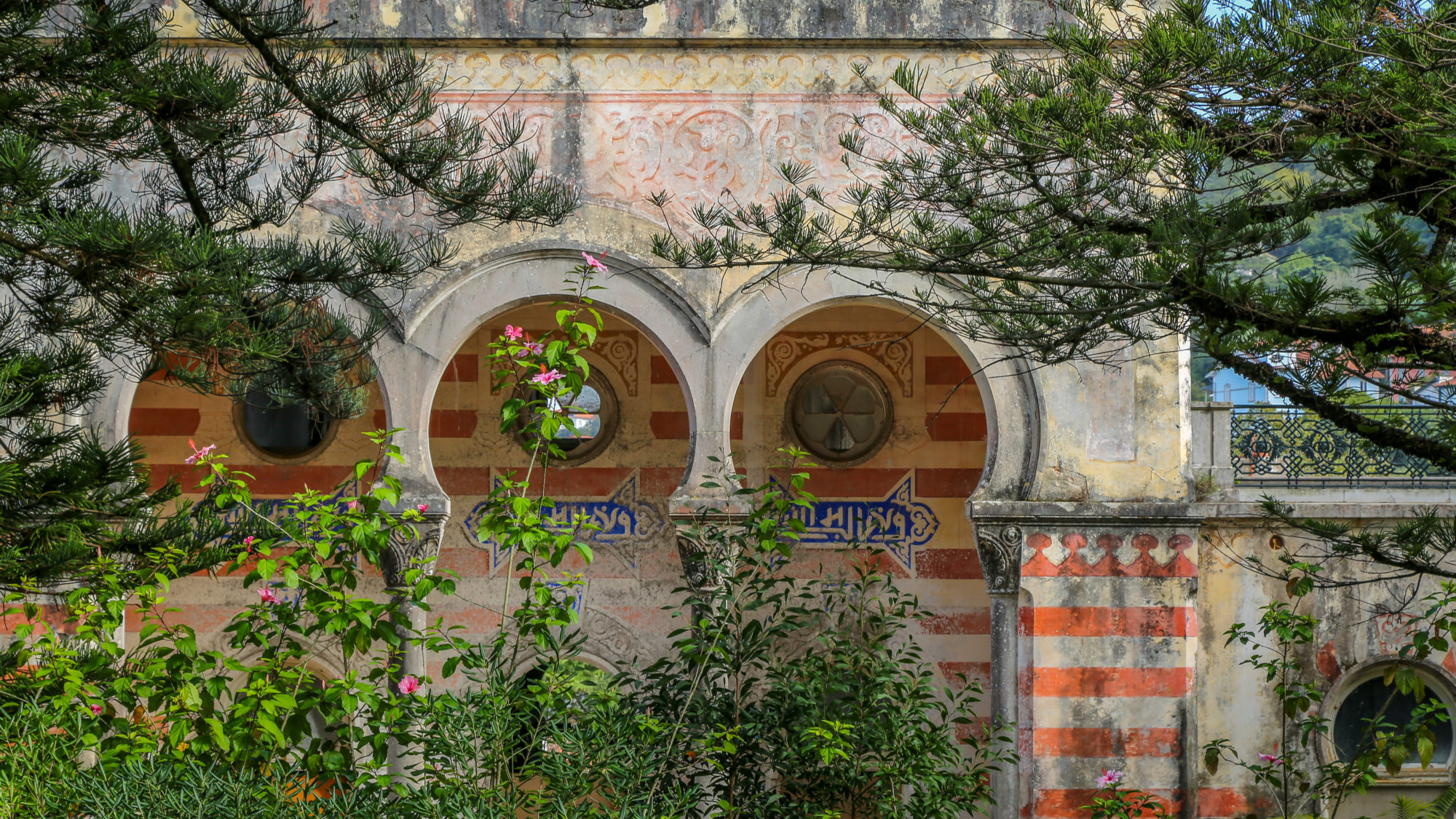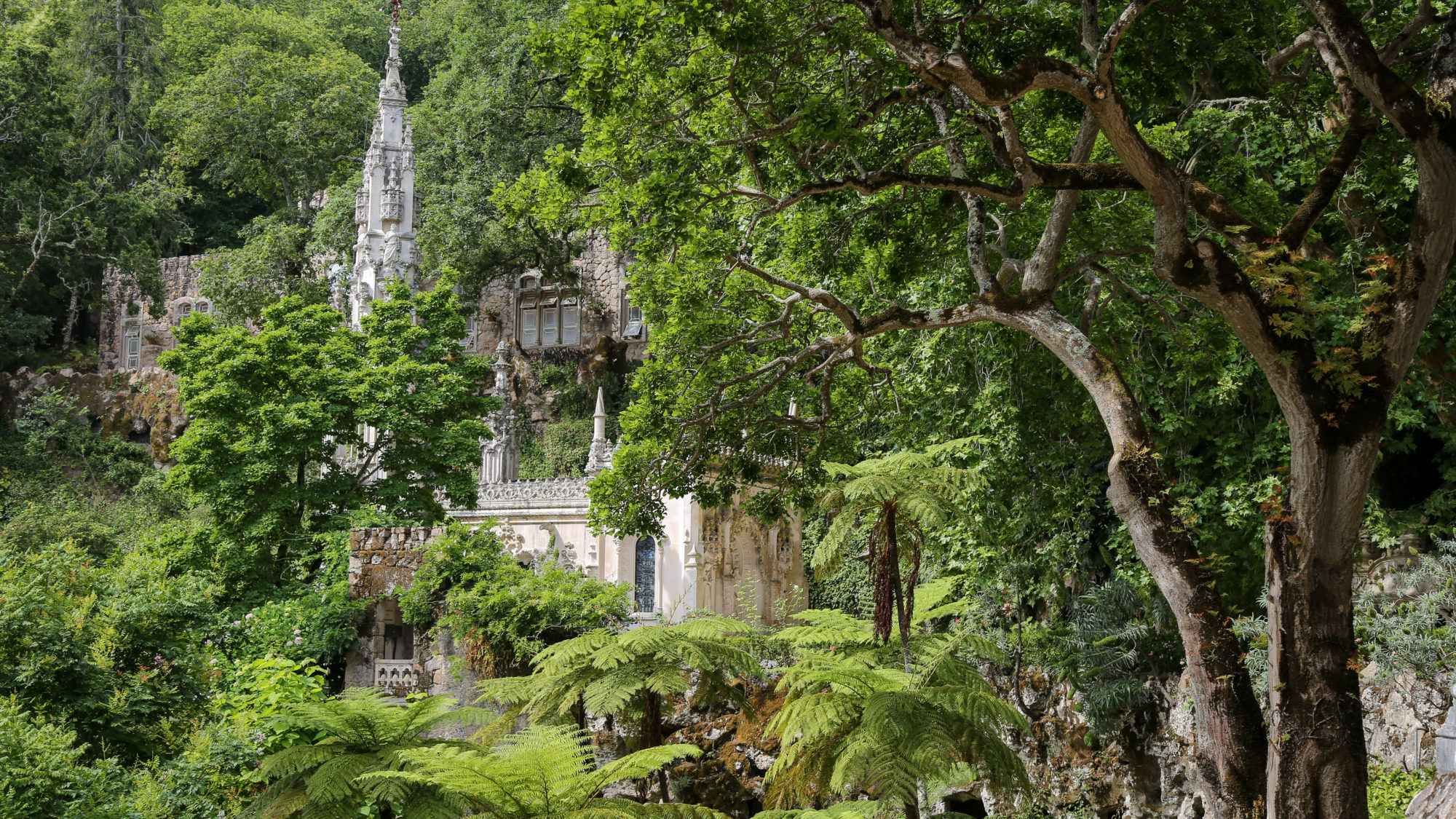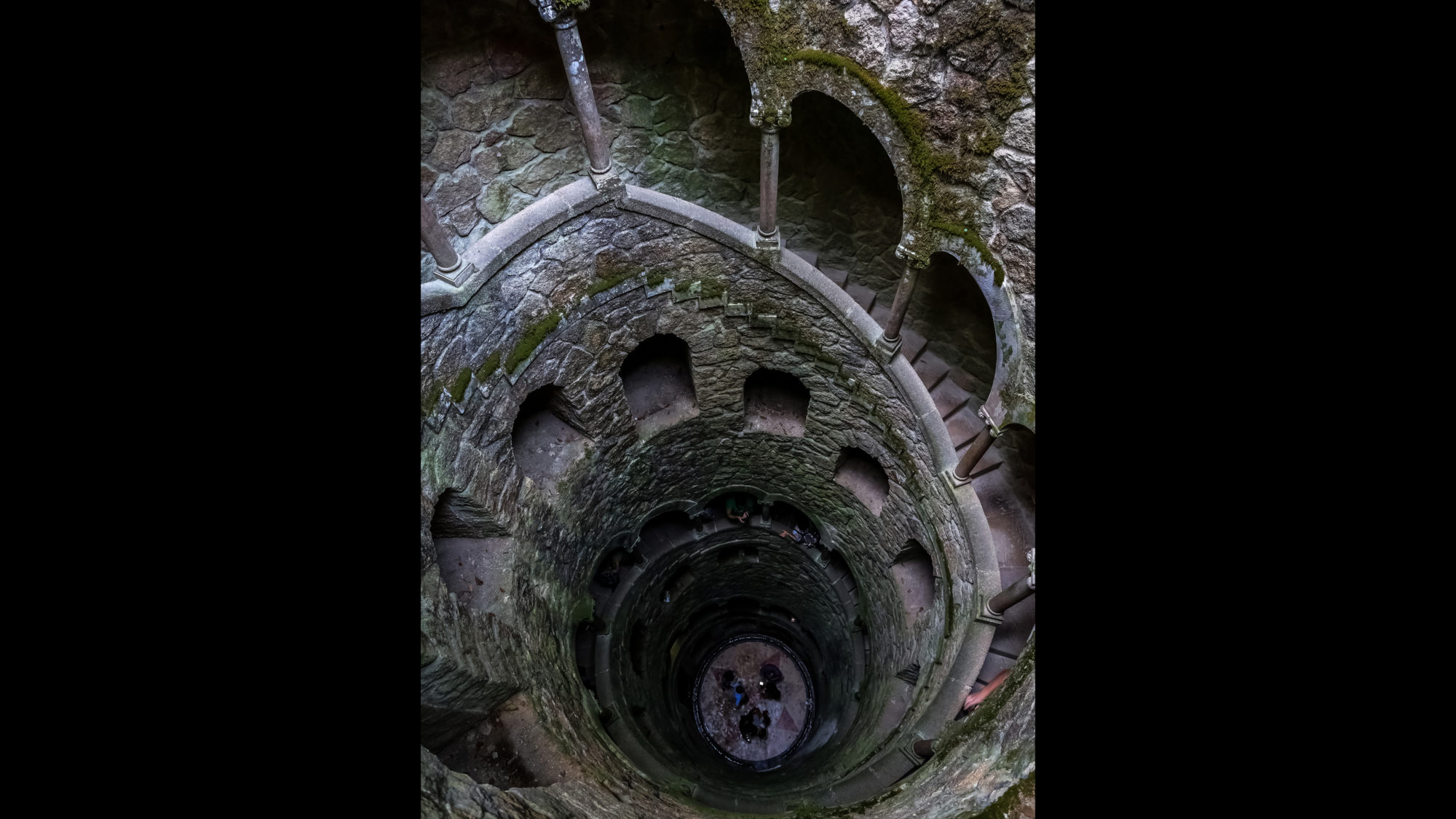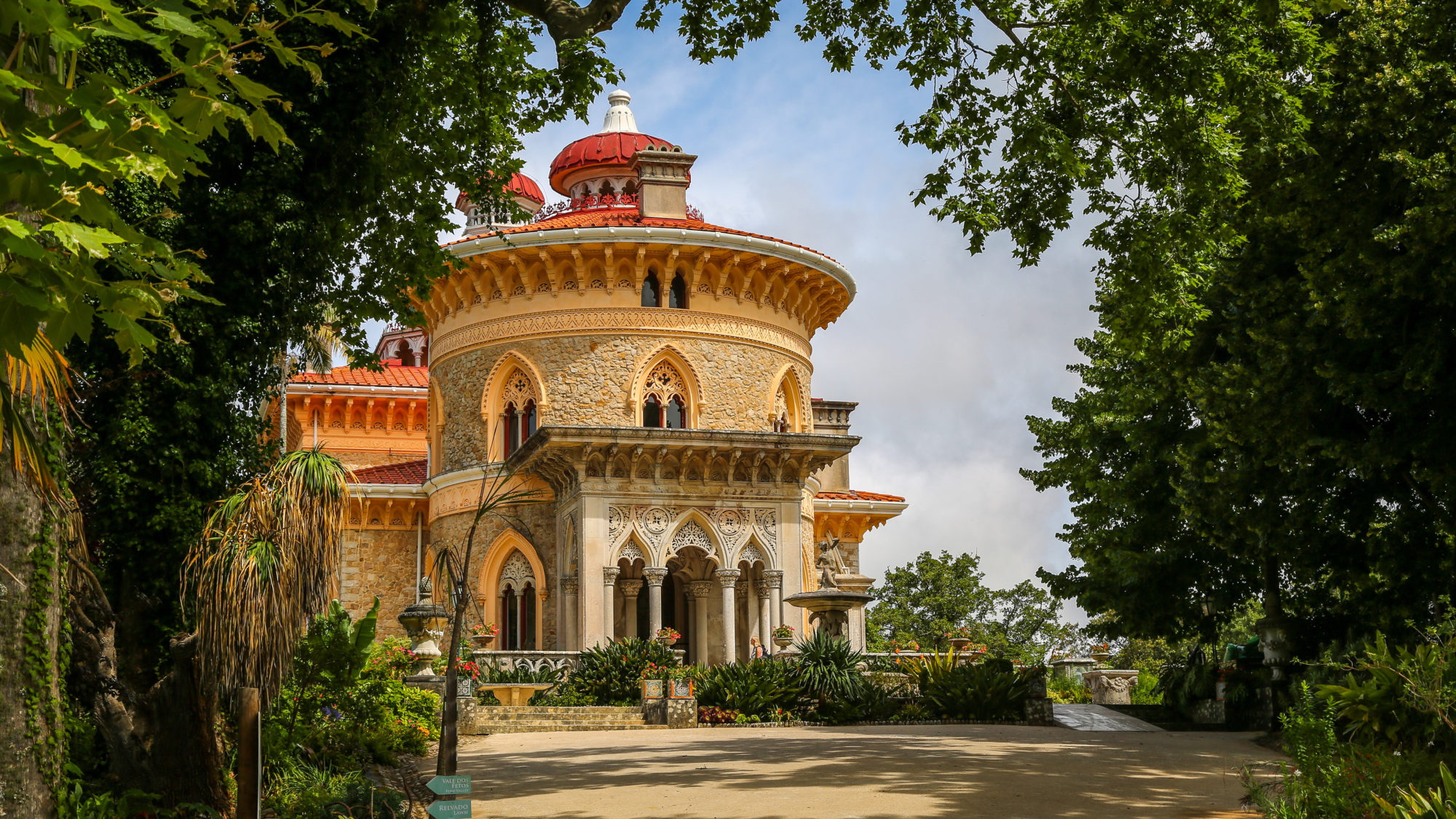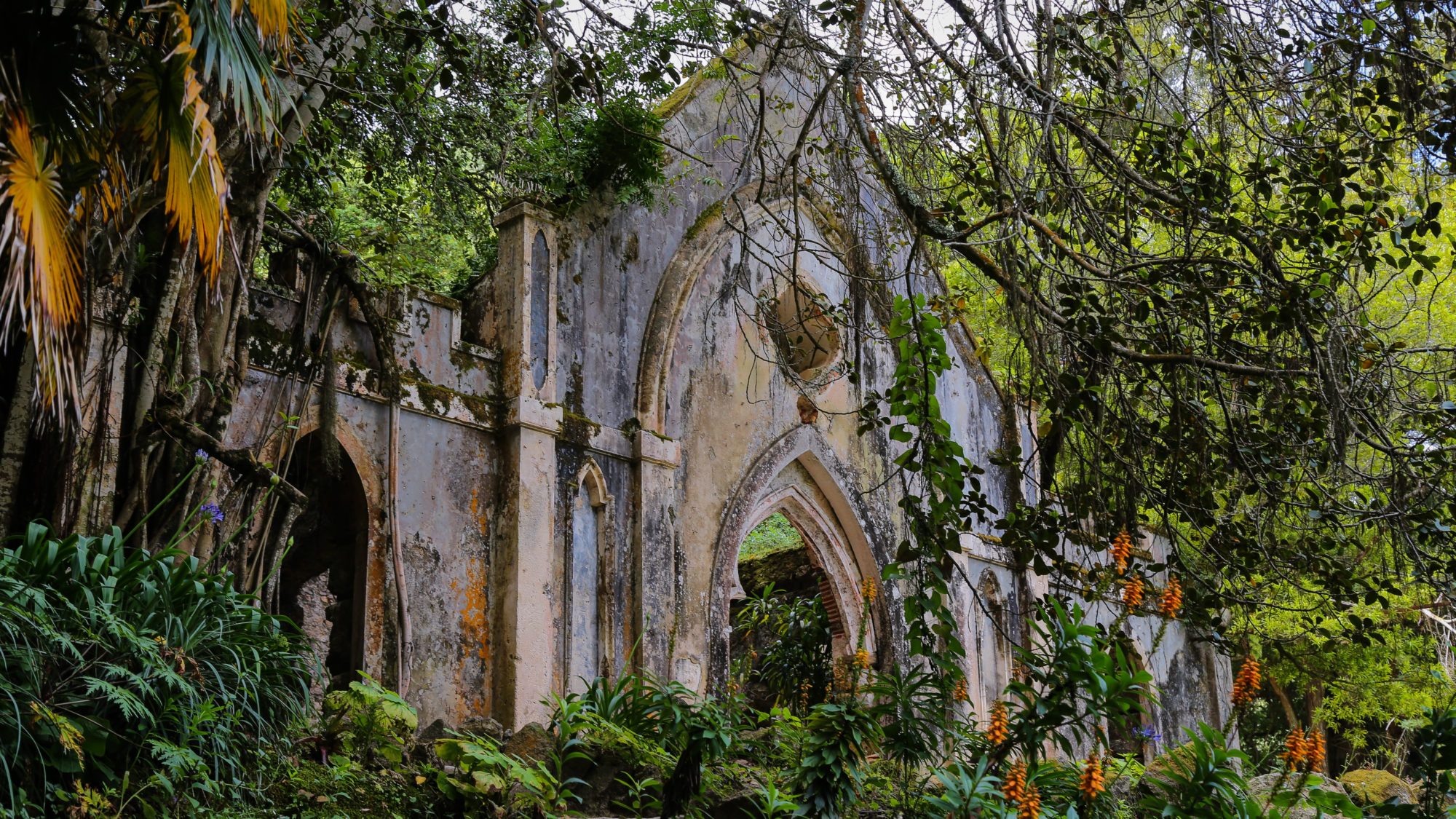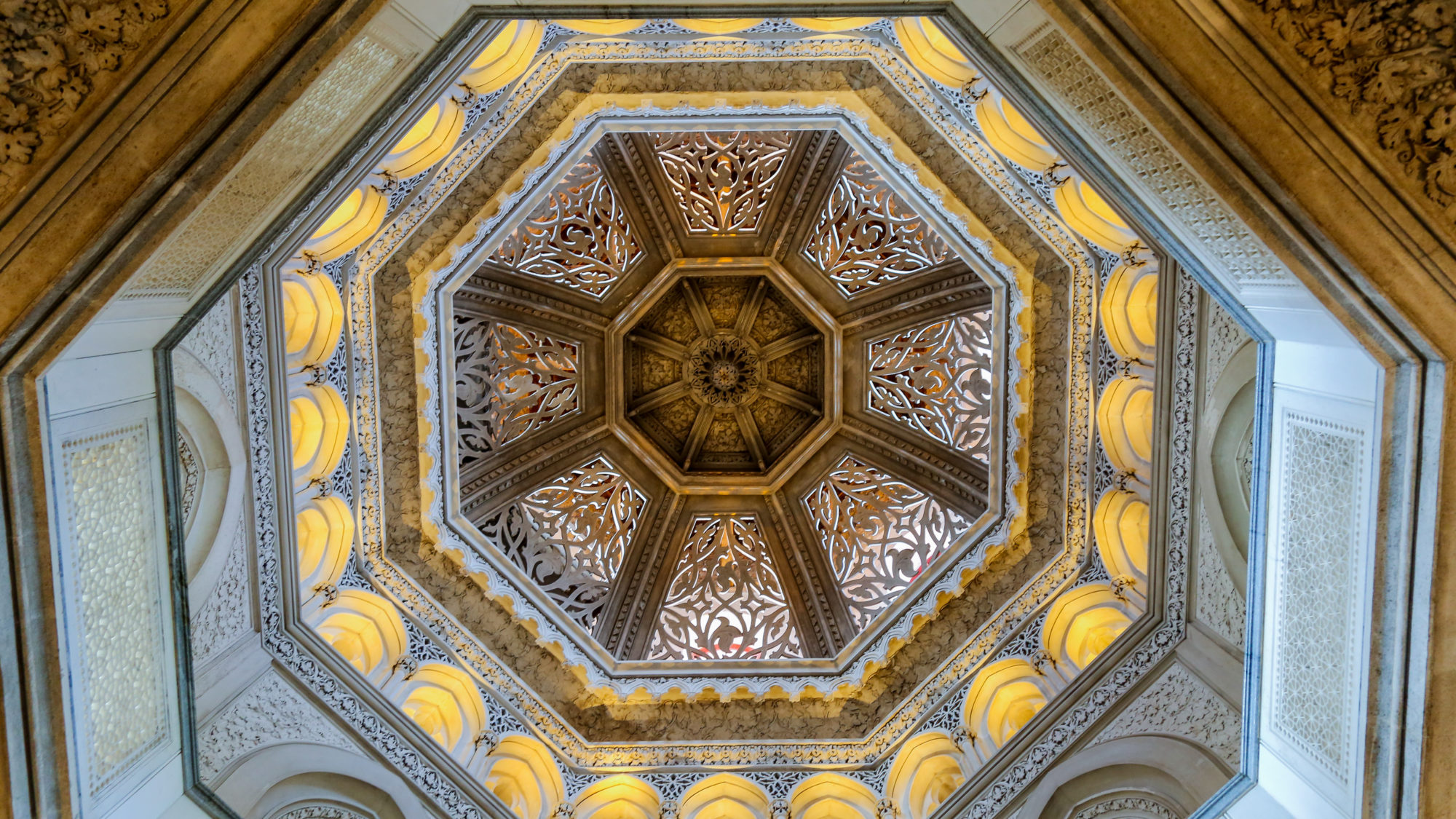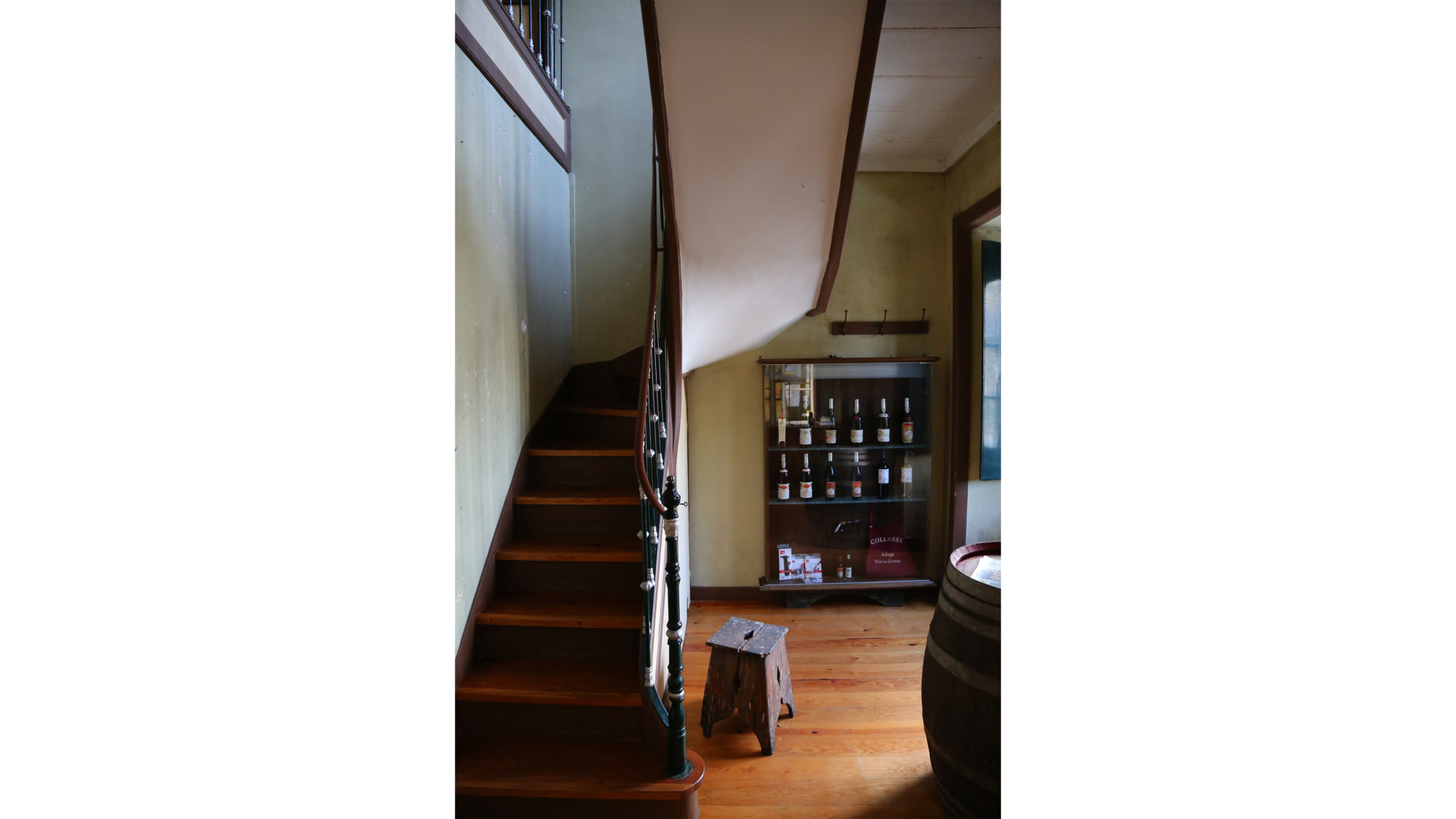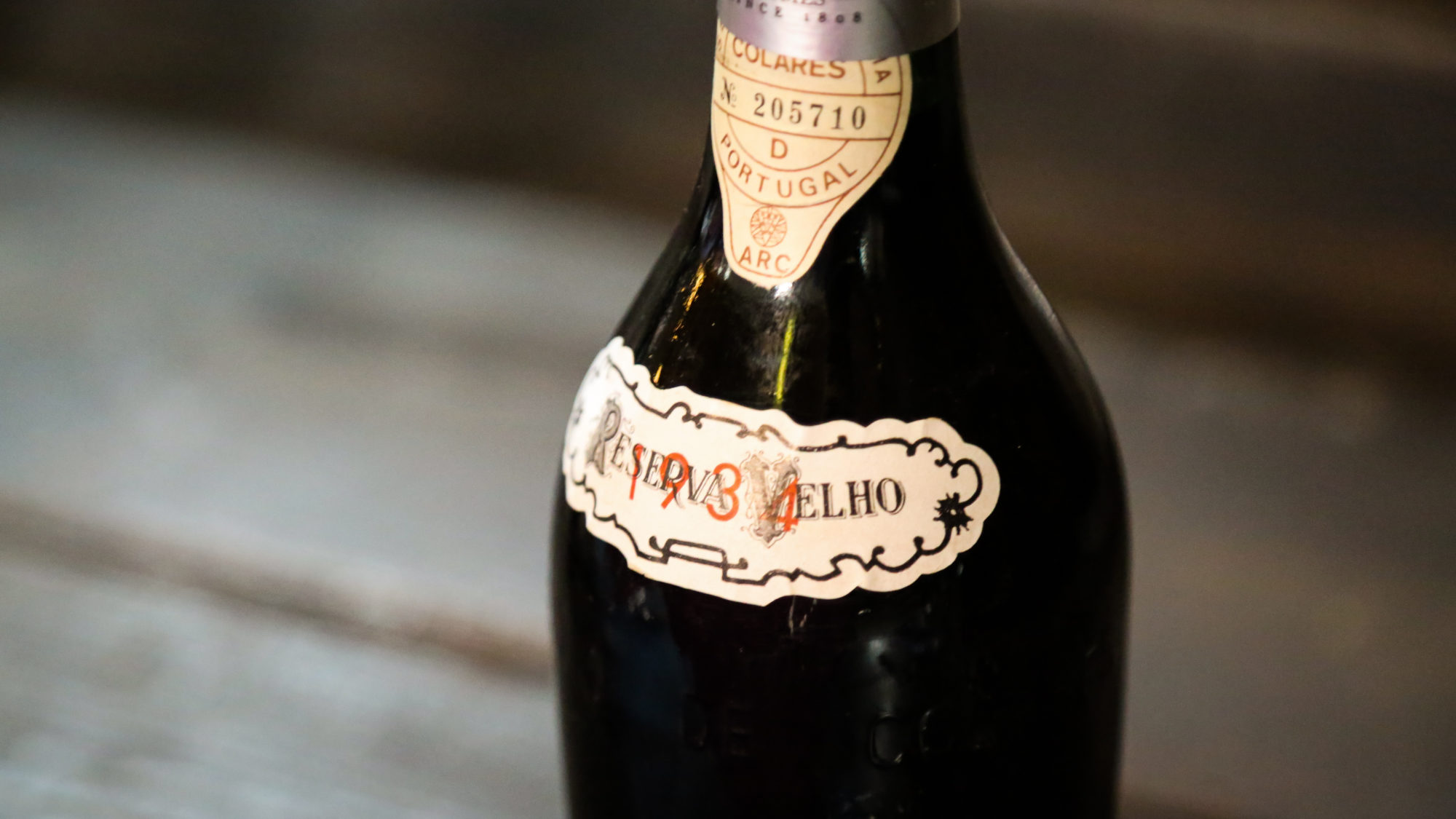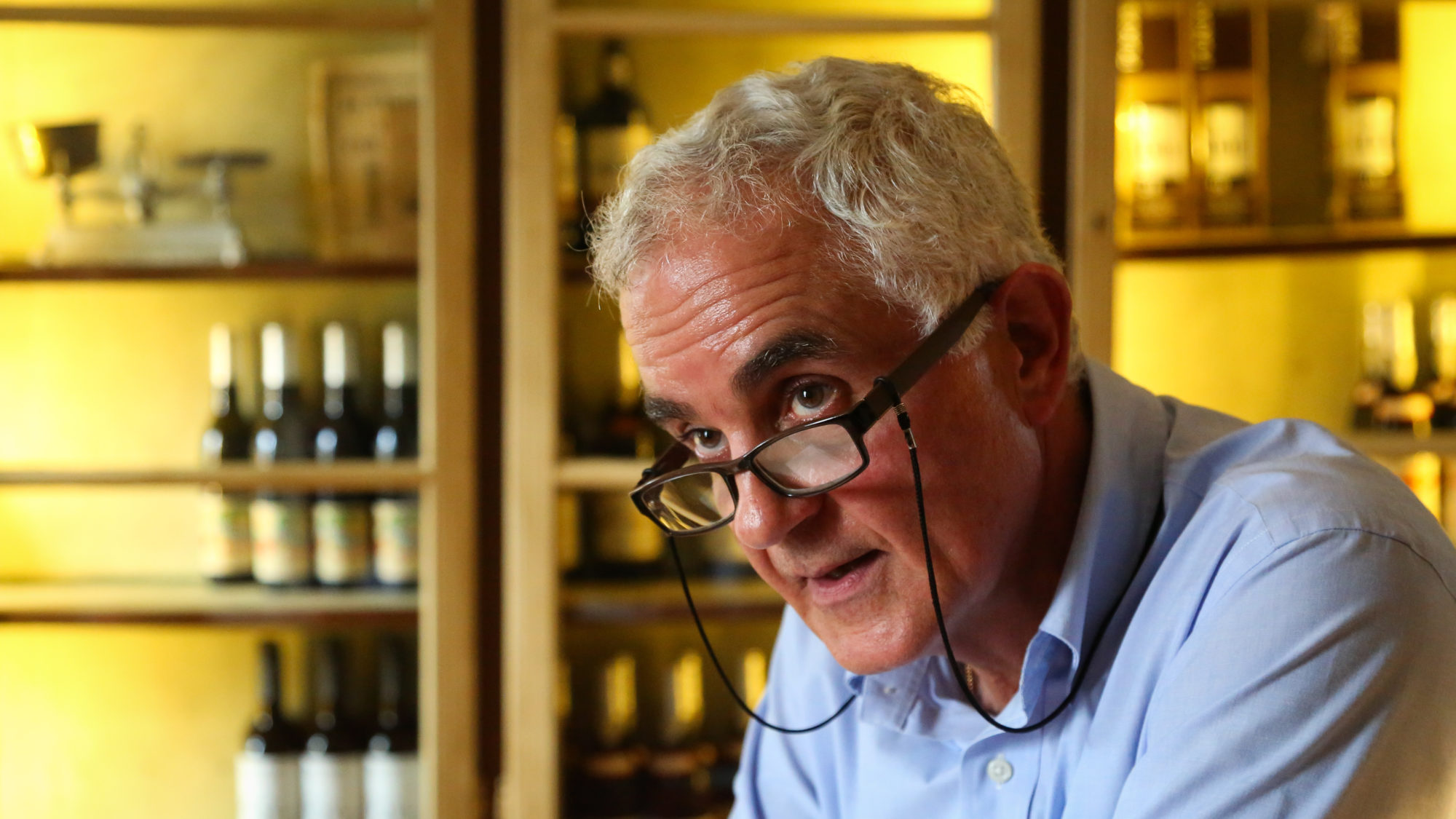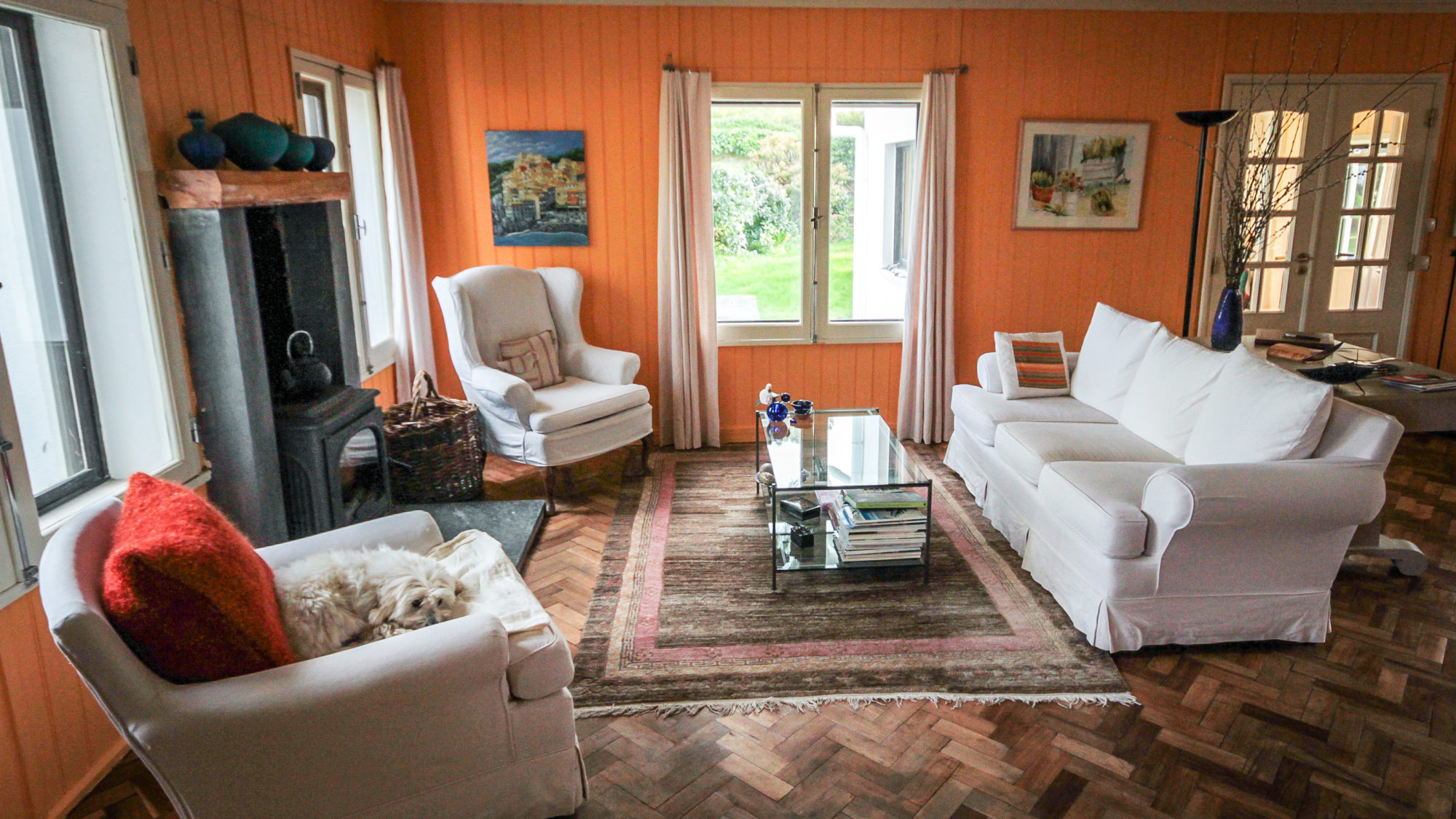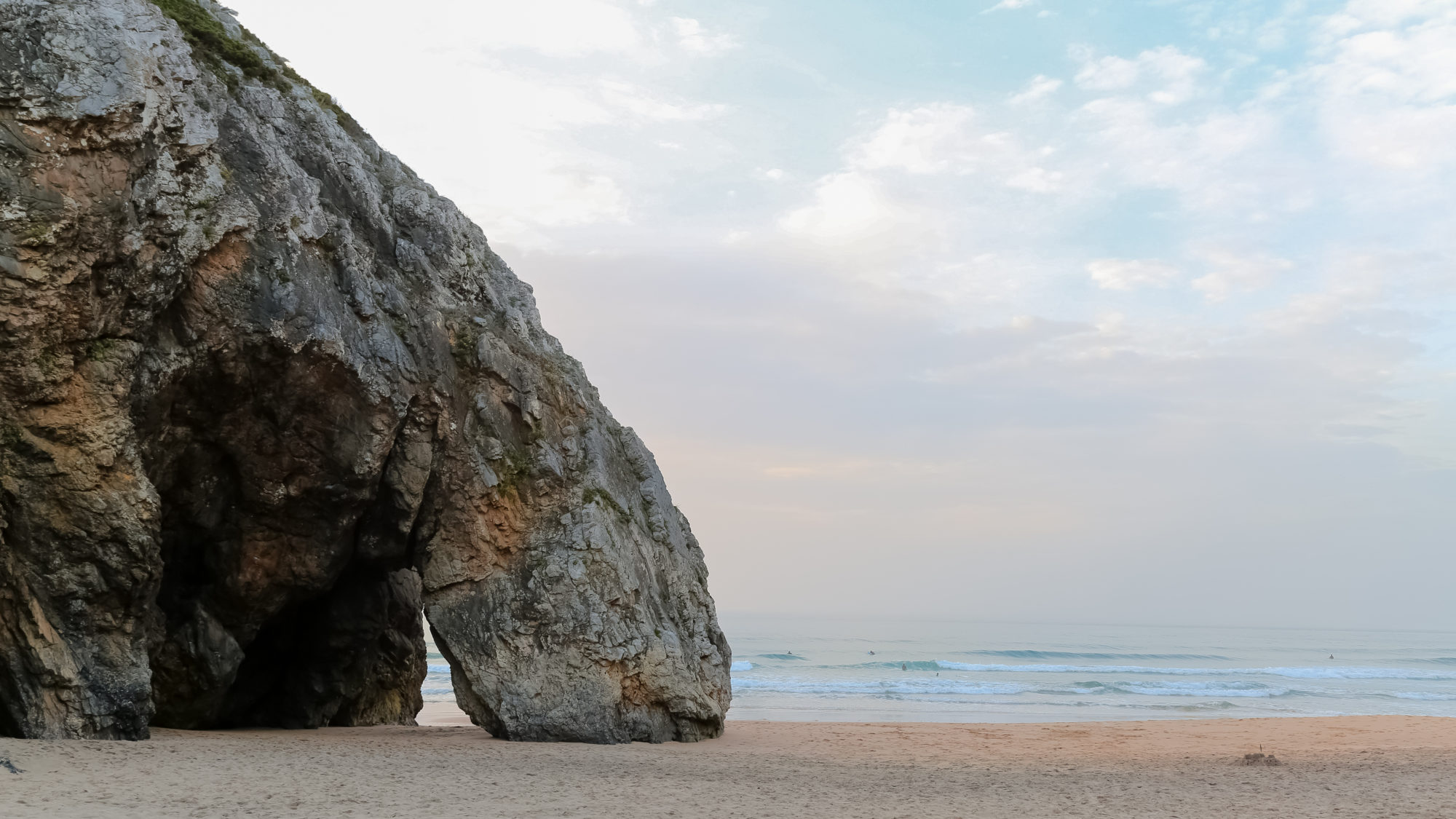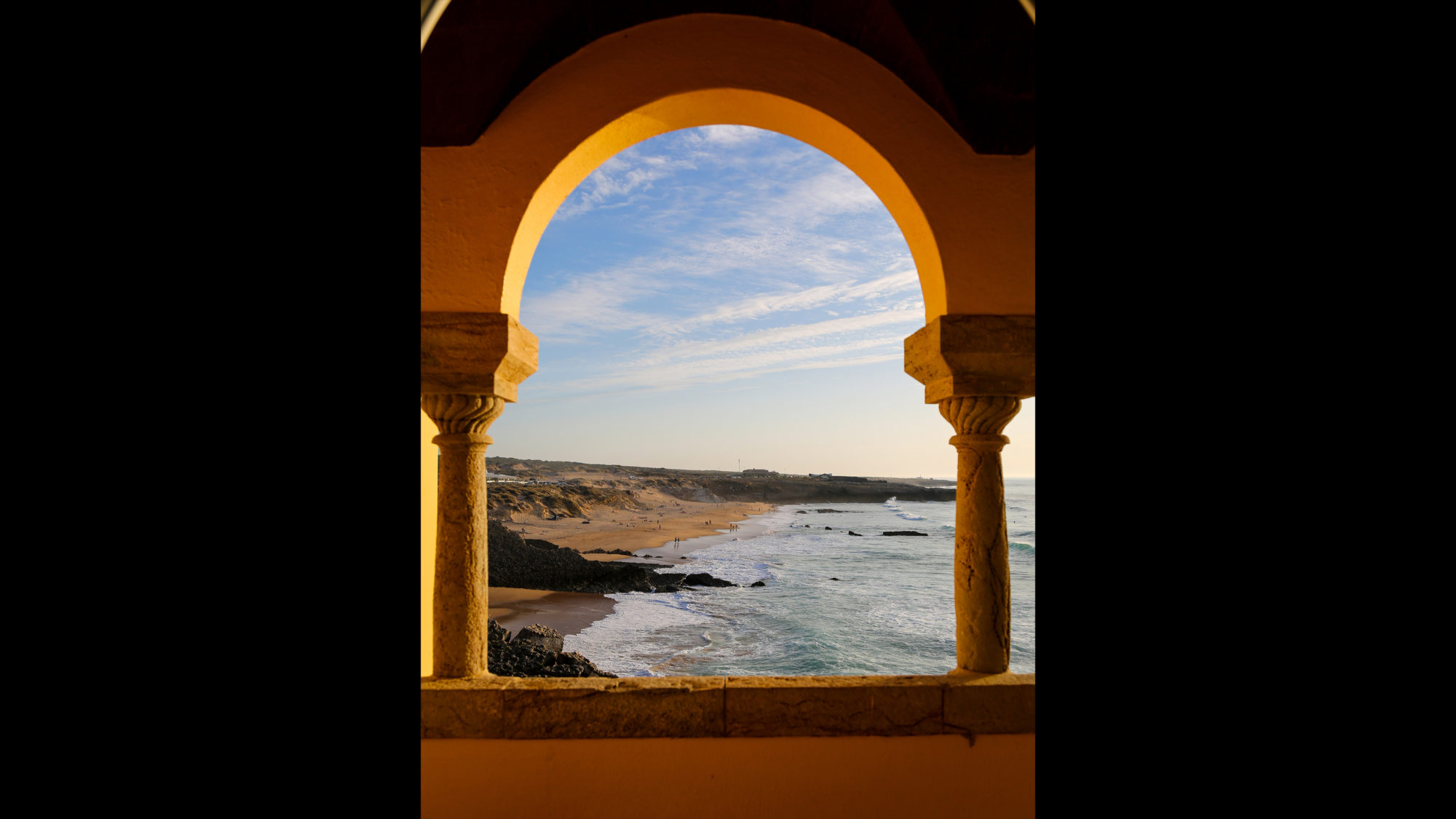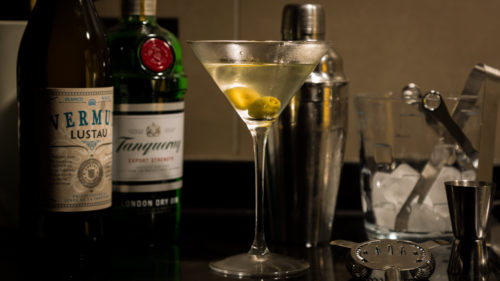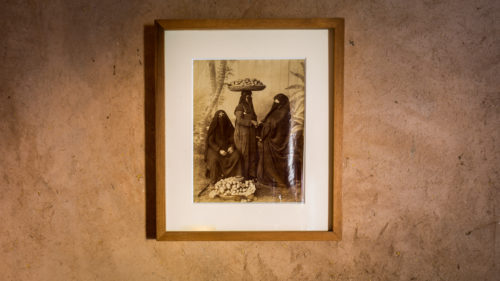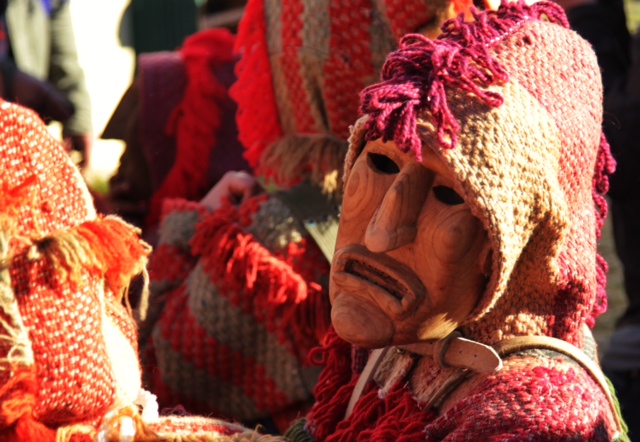The Original Influencer
Twenty something, rebellious, and by all accounts, “randy”. A young English poet named George Gordon Byron (“Lord” to all but those who knew him well) swept through the small enclave of Sintra in 1809, penned a few lines of what would become Childe Harold’s Pilgrimage, and sent letters home to friends declaring Sintra the most beautiful place on Earth. Before moving on to other travels. Byron’s attitude to life can be summed up in the expression “live fast, die young” and this set him on his destiny as one of the early “travel influencers” of history.
Byron’s voyages coincided with a tumultuous period in European history during which travel was no small undertaking. The Age of Enlightenment, the first inklings of the Industrial Revolution, and French Revolution all combined to produce shockwaves throughout the monarchies across Europe which led to political upheaval and power grabs, notably the Napoleonic wars of the early 19th century. Out of these events came the cultural response in the form of the Romantic movement, a surge of creativity in the arts and humanities. In the first quarter of the 19th century, Beethoven composed his earth-shaking 9th symphony. Artists such as Goya and Géricault produced their most influential paintings, and writers such as Mary Shelley, Nathaniel Hawthorne, and Alexandre Dumas authored some of the seminal works of western literature such as Frankenstein, the Scarlet Letter, and The Count of Monte Cristo (respectively).
Sintra was where Portugal’s Romantic movement emerged, and Byron’s Grand Tour, a rite of passage for European aristocracy, put Sintra firmly on the map. His visit wasn’t as remarkable for its originality as for what his influence helped propagate – the idealized notions of European travel which in many ways shaped the same travel habits we have today when choosing where to go and what to see. But where once nobles and gentlefolk traveled at a leisurely pace to familiarize themselves with the great artistic movements of the Renaissance and the artefacts of antiquity, we have followed in these footsteps on the hunt to cross off another item from the bucket list on frenzied multi-destination 9-day tours, snapping Instagram shots for the envy of our friends. It’s enough to make you want to weep in your glass of port.
Byron and his relationship to Sintra and Romanticism are on my mind today. I imagine in all his adventures and debauching he never paid Sintra another thought, and he was an early example of a “bad tourist”, learning nothing but the local swear words, seducing local married women, and making cutting remarks about the Portuguese. They hated him for it for years, but today you’d never guess that, what with all the references to Byron, where he slept and ate, everywhere in Sintra, .
Before the pandemic struck, Sintra was arguably the most popular day-trip destination in Portugal, and already showing the symptoms of over tourism and wear. There’s no doubt plenty of people are hoping for a quick return of the crowds and the dollars they bring, and we can’t rail against locals who need to make a living off Sintra’s popularity, all for the sake of having it to ourselves. But we can change the way we visit places like Sintra. Rather than a day trip – why not spend a few nights here? I remember the words of a travel friend who said that if a place isn’t worth spending at least a night in, you could probably skip it. Most people visit for the day (and at the weekend), so staying in the area and during the week will often give you an entirely different impression of Sintra once the bus tours have moved on. Lesser known palaces and sights are dotted around Sintra’s unique forest biosphere, and there’s some great walking to be had, as most of this area is considered Natural Park. The nearby pull of one of Europe’s most unique wine growing regions, and some beautiful stretches of coast, gives you a chance to find the diamonds in the rough, if you’re patient enough to stick around.
And while the tendencies of the 21st century seem far removed from Byron’s prose or the loftiness of the Romantic movement, traveling to Sintra with the eyes of a”Romantic” puts into focus certain ideals that will benefit the travel sphere. I see it as a call to resist sameness, a meditation on the five “I”s of Romanticism: Individuality, Imagination, Intuition, Idealism, Inspiration. Travel is the ideal conduit for these aspirations and they intersect among the palaces, forests, monasteries, and hills of Byron’s “Glorious Eden”.
Can you tell Sebastian was a major Humanities nerd in college? He’s also a die-hard Portugal fan, and would love nothing more than to hear from you about planning a trip.
